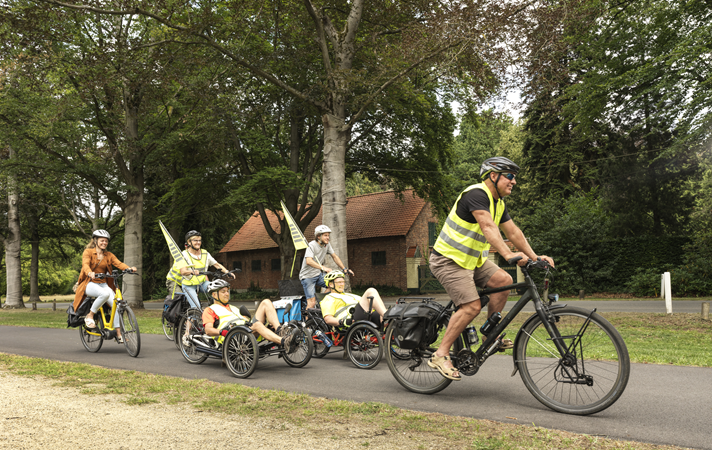
The Recovery and Resilience Facility (RRF), the EU’s recovery instrument at the heart of the €800 billion NextGenerationEU plan, is now halfway through its lifetime. The Commission has taken stock of what the Facility has managed to do so far, and what can be improved in the future.
This mid-term evaluation highlights how the RRF drives investments and reforms, bringing positive change for EU citizens and businesses:
- EU countries have made progress in delivering on their reform and investment plans: Over 1150 milestones and targets have been met by the end of 2023. This saved 28 million MWh of energy, gave over 5.6 million households internet access, and protected nearly 9 million people from climate-related disasters.
- EU economic recovery supported effectively: Public investment in Europe increased during the COVID-19 pandemic. It is expected to reach 3.4% of GDP in 2024. Economic activity has bounced back, and unemployment has declined to around 6%.
- An agile instrument: All 27 national plans under the RRF were revised to respond to energy price hikes and natural disasters. Consequently, EU support for economies increased to nearly €150 billion. This includes additional financing for 23 REPowerEU chapters and €125.5 billion in additional loan support.
- Driving reforms: The RRF has helped EU countries implement reforms in areas such as the green and digital transitions.
- A considerable boost for the green transition: All EU countries’ plans have exceeded the 37% target on climate objectives, with some dedicating over 50% to green reforms.
- Implementation set to speed up: By the end of 2023, the number of payment requests doubled. This is expected to continue. Therefore, even more funding will be put to use in the coming months and years.
The report also suggests improving flexibility in the design and implementation of national plans, providing the right administrative capacity, and involving regional and local authorities as well as social partners in their implementation.
The RRF was established in 2021 to help EU countries recover from the COVID-19 pandemic and bolster their resilience. Its goal is to make our economies and societies greener, more digital and competitive. It has also been vital in addressing urgent challenges, such as the impact of Russia’s war of aggression against Ukraine.
For more information
Recovery and Resilience Facility
Map showing what the RRF has funded in each EU country or region
Mid-term evaluation of the Recovery and Resilience Facility (RRF)
Factsheet on the mid-term report of the RRF






